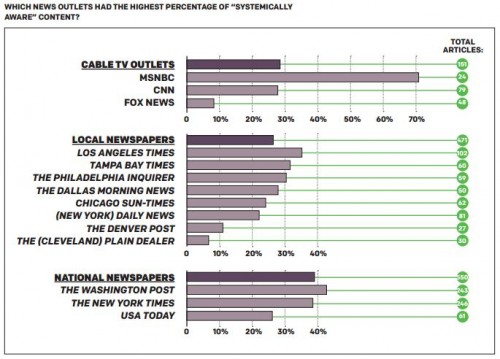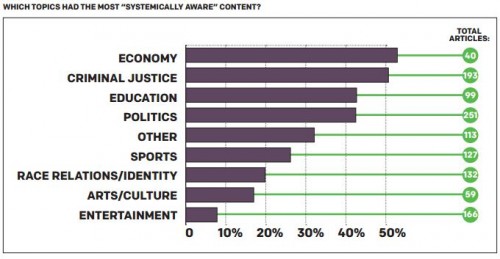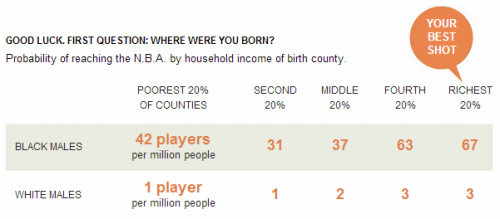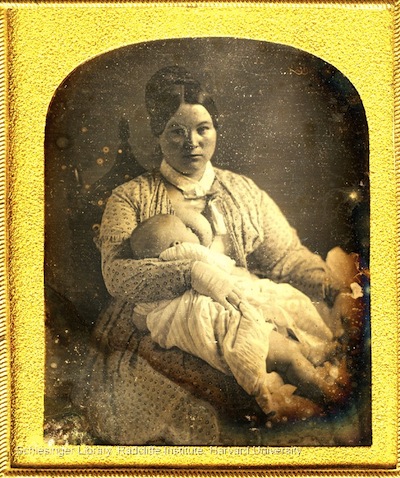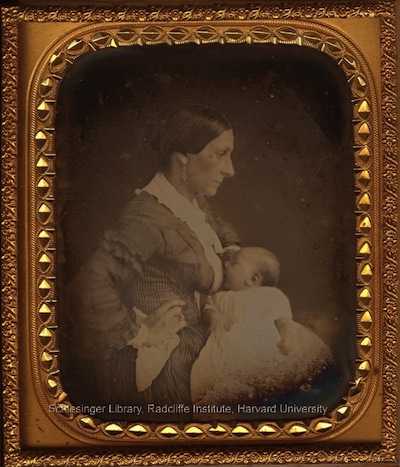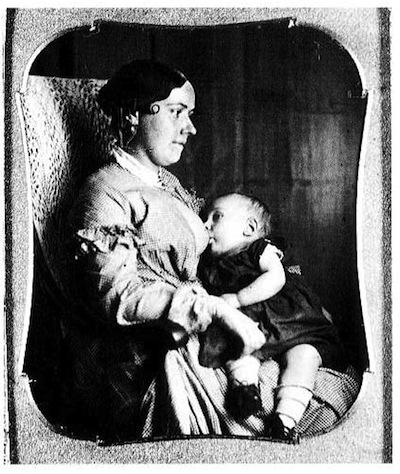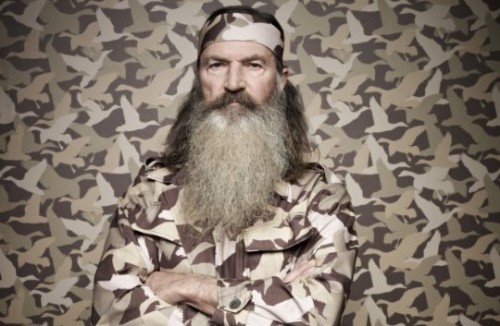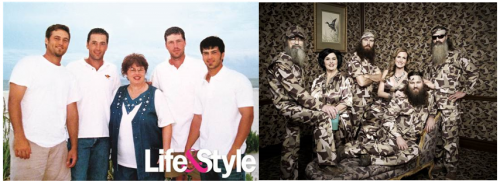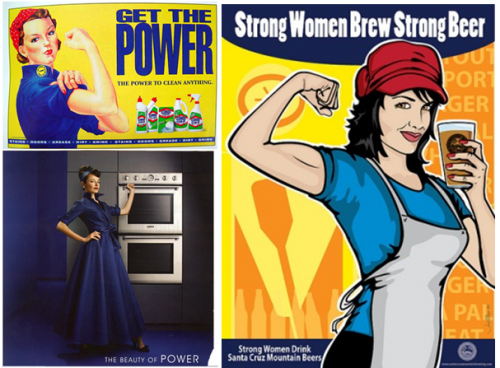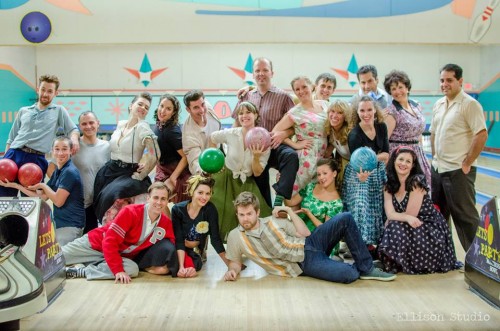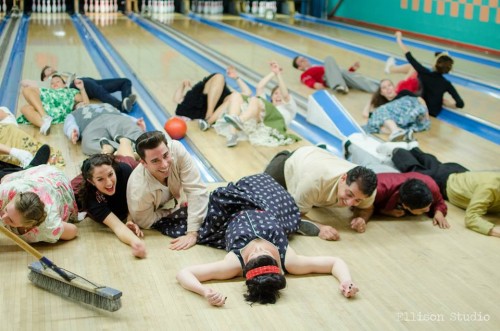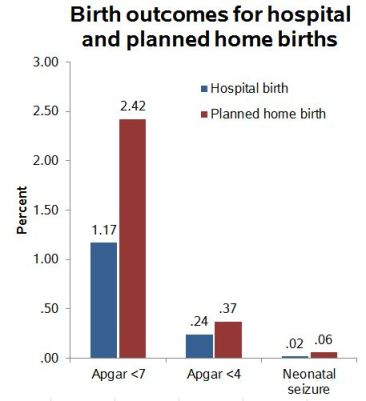Ed, at Gin & Tacos, made a fantastic observation about this photo of a 1960 lunch counter sit-in at a Woolworth’s in Greensboro, NC, protesting the exclusion of black customers.
“The most interesting thing about it,” he writes:
…is that the employee behind the Whites Only lunch counter is also black. That’s curious, since on the scale of intimate social contact one would think that having someone handle your food ranks above sitting next to a fully clothed stranger on adjacent stools.
This, he observes, tells us something important about prejudice.
When I first saw this picture and learned about this period in our history… I thought that racism was about believing that another race is inferior. Like most people I got (slightly) wiser with age and eventually figured out that racism is about keeping someone else beneath you on the social ladder… If you actually thought black people were dirty savages you wouldn’t eat anything they handed you. But of course it has nothing to do with that. You’re fine being served food because servility implies social inferiority. And you don’t want to sit next to them simply because it implies equality.
When we observe efforts to uphold unequal social conditions, it’s smart to think past notions of hatred and fear (like the term homophobia unfortunately implies) and instead about how the privileged are benefiting and what they would lose along with their superordinate status. Hate may be useful for justifying inequality, but at its root it’s about power and resources, not emotions.
Lisa Wade, PhD is an Associate Professor at Tulane University. She is the author of American Hookup, a book about college sexual culture; a textbook about gender; and a forthcoming introductory text: Terrible Magnificent Sociology. You can follow her on Twitter and Instagram.


